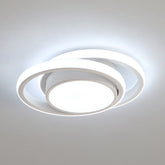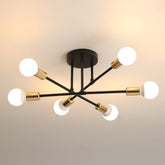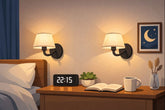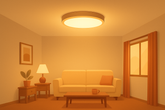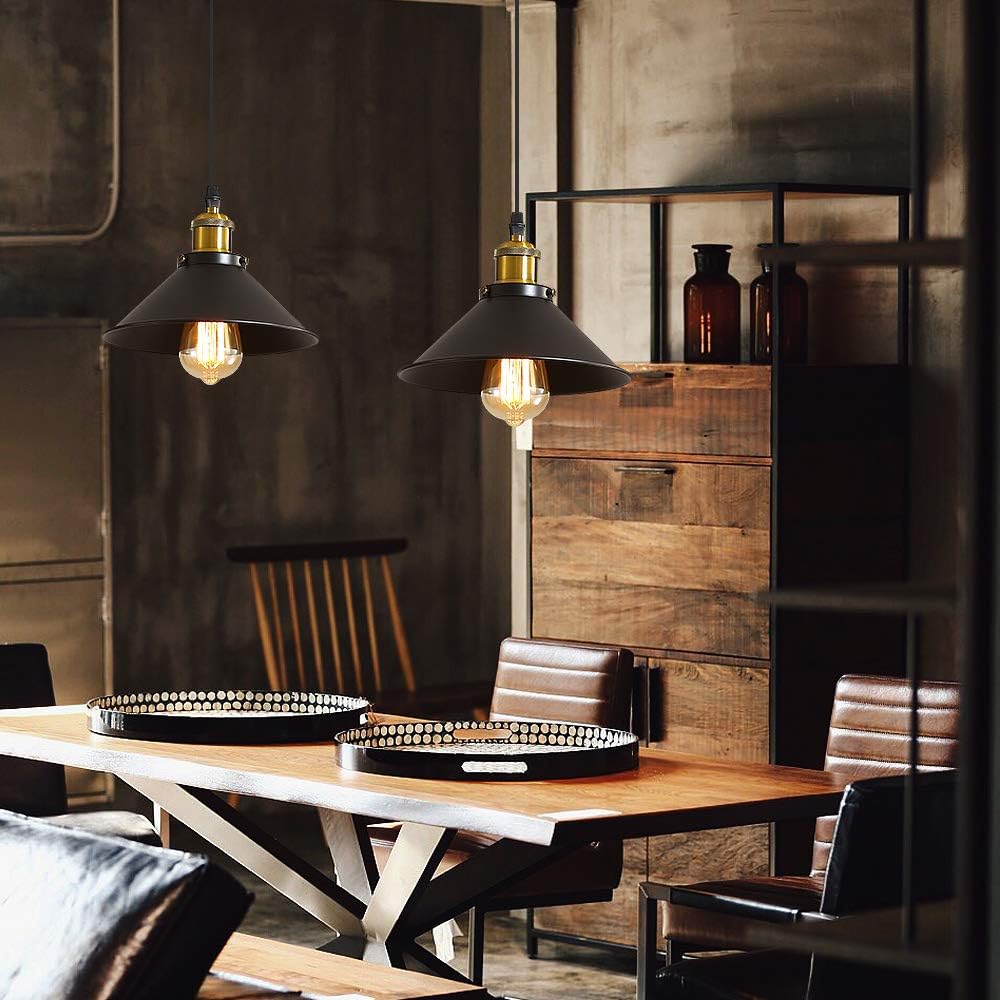Lamp Lifespan: Key Factors Affecting It and How to Prolong It
💡 Lamp Lifespan: Key Factors Affecting It and How to Prolong It
The lifespan of a lamp refers to the period during which it maintains efficient performance, retaining at least 70–80% of its initial luminous flux. For example, an LED lamp rated at 50,000 hours can theoretically last around 27 years if used 5 hours per day. However, actual conditions often affect this duration significantly.
📌 1. What Does Lamp Lifespan Mean?
Lamp lifespan is typically measured in hours, denoting the time until the lamp no longer functions properly or its brightness falls below a certain level. Manufacturers usually specify theoretical lifespans based on controlled laboratory tests.
🔍 2. Factors Influencing Lamp Lifespan
(a) Lamp Type and Technology
- Incandescent bulbs: 1,000–2,000 hours. The filament is fragile and prone to breakage from heat.
- Halogen lamps: 2,000–5,000 hours. High operating temperatures limit lifespan.
- Fluorescent lamps: 8,000–15,000 hours. Frequent switching accelerates aging.
- LED lamps: 30,000–50,000+ hours. Energy-efficient, durable, and lacking fragile components.
(b) Quality of Materials and Manufacturing
High-quality components—such as premium LED chips and stable drivers—along with good thermal management extend lamp lifespan. Proper heat dissipation prevents accelerated degradation of parts.
(c) Operating Environment and Usage Frequency
Humidity, heat, dust, and vapors can damage lamps. In kitchens, grease and steam affect electronics. Frequent on/off switching and unstable voltage also reduce lifespan.
🛠️ 3. How to Prolong Lamp Lifespan?
(a) Choose Quality Lamps
Select certified products (CE, RoHS) from reputable brands. Choose the right lamp type for the space—for example, LEDs for frequently used areas and fluorescents for less-used rooms.
(b) Optimize the Operating Environment
- Keep lamps clean and well-ventilated.
- Use lamps with appropriate IP ratings (e.g., IP44) in bathrooms and kitchens.
- Install voltage stabilizers in areas with unstable power supply.
(c) Perform Regular Maintenance
Clean lamps following manufacturer guidelines, avoiding harsh chemicals. Check wiring for damage or looseness. Monitor LED brightness and replace fluorescent tubes showing darkening or flickering.
